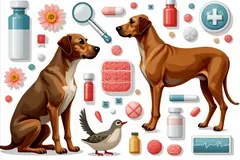 A single-celled life form that is invisible to the naked eye and that may cause disease in man or animals.... ↪ Read more
A single-celled life form that is invisible to the naked eye and that may cause disease in man or animals.... ↪ Read more Veterinary Drug Handbook (VDH) is the reference veterinarians turn to when they want an independent source of information on the drugs that are used in veterinary medicine today.
-
 Is veterinary Liniment Gel safe for humans?
Is veterinary Liniment Gel safe for humans? -
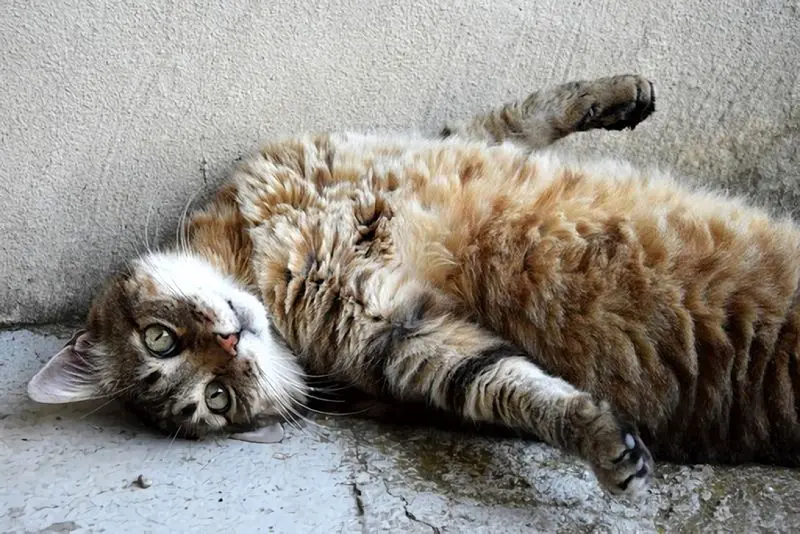 Giving Your Cat A Pill
Giving Your Cat A Pill -
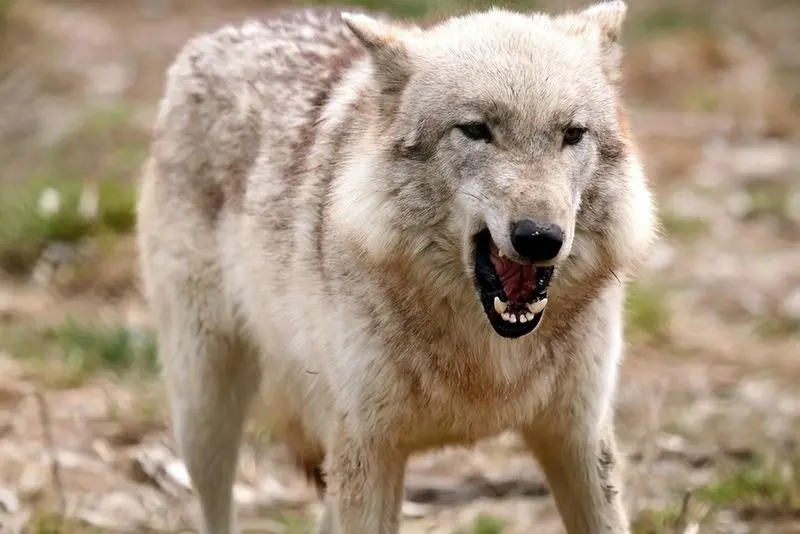 Dog Aggression
Dog Aggression -
 Dogs May Help Boost Infant Health
Dogs May Help Boost Infant Health -
 Animal-Assisted Therapy, Veterinary Social Work, & Social Work With People & Pets in Crisis
Animal-Assisted Therapy, Veterinary Social Work, & Social Work With People & Pets in Crisis -
 On-demand veterinary service gives advice on poorly pets
On-demand veterinary service gives advice on poorly pets -
 Should we stop throwing sticks for dogs?
Should we stop throwing sticks for dogs? -
 Can breathing in cat hair be harmful?
Can breathing in cat hair be harmful? -
 What does PU/PD mean in veterinary medicine?
What does PU/PD mean in veterinary medicine? -
 Bill calls for ban on sales of dogs, cats in Maine pet stores
Bill calls for ban on sales of dogs, cats in Maine pet stores -
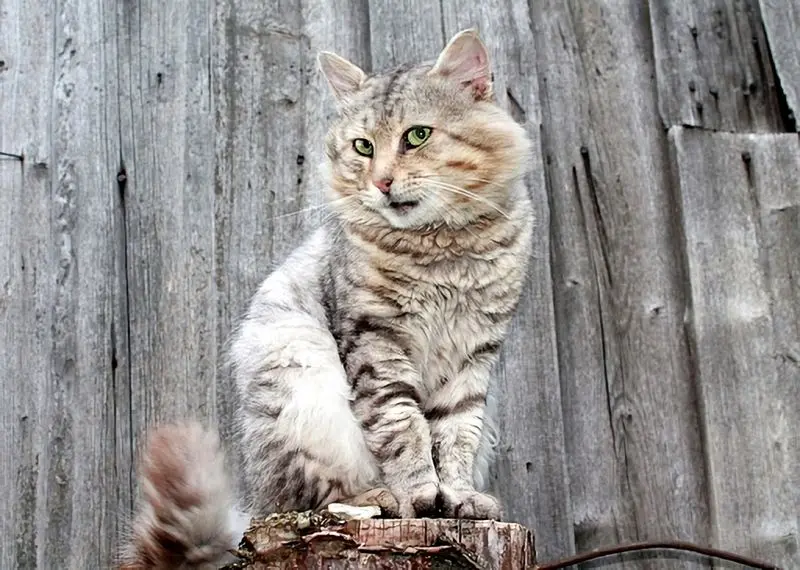 Common Meanings Of Cat Behavior
Common Meanings Of Cat Behavior -
 What does DVM stand for in veterinary?
What does DVM stand for in veterinary? -
 Curing Bad Cat Breath
Curing Bad Cat Breath -
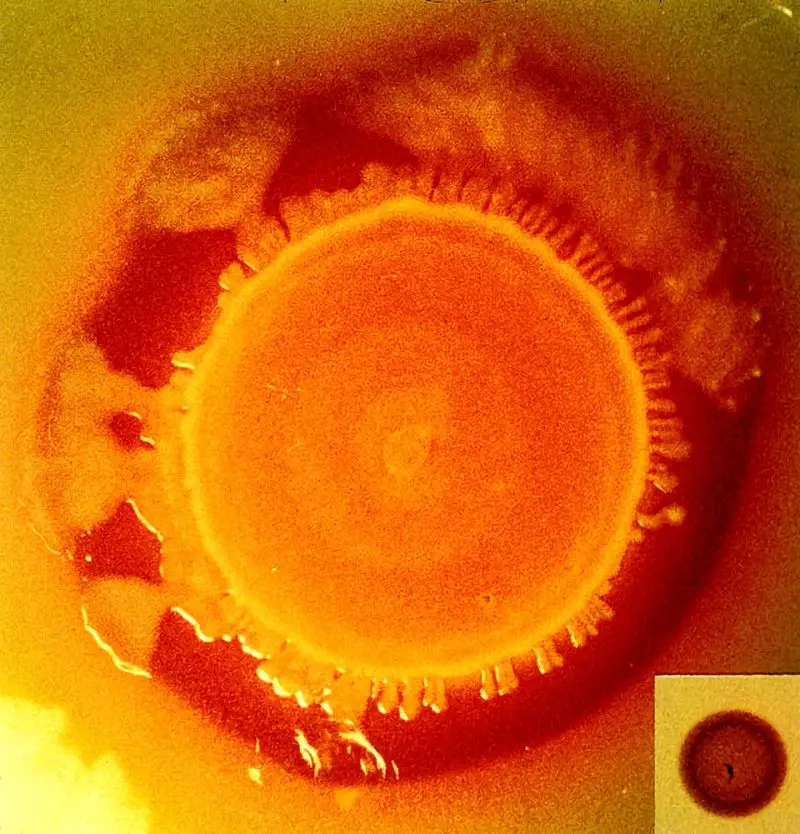 New Tracking Tool for Pathogen Investigators
New Tracking Tool for Pathogen Investigators -
Can binturongs be kept as pets?
-
 How long do instruments stay sterile after autoclaving veterinary?
How long do instruments stay sterile after autoclaving veterinary?
Microorganism
 A single-celled life form that is invisible to the naked eye and that may cause disease in man or animals.... ↪ Read more
A single-celled life form that is invisible to the naked eye and that may cause disease in man or animals.... ↪ Read more Microfilaricide
 Compound which kills microfilaria, the immature forms of heartworms which circulate in the blood.... ↪ Read more
Compound which kills microfilaria, the immature forms of heartworms which circulate in the blood.... ↪ Read more Microfilaria
 The larval form of some parasitic worms, for example heartworms. These worms do not lay eggs, they produce microfilariae instead.... ↪ Read more
The larval form of some parasitic worms, for example heartworms. These worms do not lay eggs, they produce microfilariae instead.... ↪ Read more Methemoglobinemia
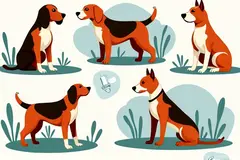 A condition of the blood in which there are large amounts of methemoglobin which is an altered hemoglobin which does not carry oxygen.... ↪ Read more
A condition of the blood in which there are large amounts of methemoglobin which is an altered hemoglobin which does not carry oxygen.... ↪ Read more Metastatis
 Spread of a tumor from its original location to a remote one, by tumor cells that are carried in the blood.... ↪ Read more
Spread of a tumor from its original location to a remote one, by tumor cells that are carried in the blood.... ↪ Read more Metabolic acidosis
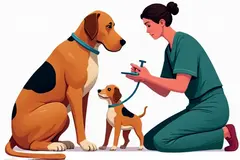 A condition in which the pH of the blood is too acidic because of the production of certain types of acids.... ↪ Read more
A condition in which the pH of the blood is too acidic because of the production of certain types of acids.... ↪ Read more (Immunologic) Memory
 When an animal mounts an immune response against a foreign substance, some cells are created to 'remember' the antigens on that substance. If the animal is again exposed to the substance, these cells will help the body respond much faster and to a higher degree.... ↪ Read more
When an animal mounts an immune response against a foreign substance, some cells are created to 'remember' the antigens on that substance. If the animal is again exposed to the substance, these cells will help the body respond much faster and to a higher degree.... ↪ Read more Melena
 Darkening of the stool due to the presence of digested blood, which indicates bleeding is occurring in the stomach and/or beginning of the small intestine. The feces generally look black and tarry.... ↪ Read more
Darkening of the stool due to the presence of digested blood, which indicates bleeding is occurring in the stomach and/or beginning of the small intestine. The feces generally look black and tarry.... ↪ Read more Megacolon
 A condition in which the colon enlarges and dilates, which results in feces accumulating in the colon. Constipation then occurs. This condition is more common in cats than dogs.... ↪ Read more
A condition in which the colon enlarges and dilates, which results in feces accumulating in the colon. Constipation then occurs. This condition is more common in cats than dogs.... ↪ Read more Meal
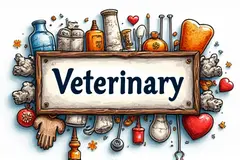 When referring to food ingredients, means a ground-up preparation. Chicken meal is ground up chicken, which might include bones and feathers. Meat meal means ground up muscle meat.... ↪ Read more
When referring to food ingredients, means a ground-up preparation. Chicken meal is ground up chicken, which might include bones and feathers. Meat meal means ground up muscle meat.... ↪ Read more Maternal antibody
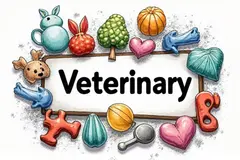 Antibody in a newborn animal which the newborn acquired through the placenta or colostrum (the first milk).... ↪ Read more
Antibody in a newborn animal which the newborn acquired through the placenta or colostrum (the first milk).... ↪ Read more Mastitis
 An infection or inflammation of the mammary glands. Inflammation of the mammary gland, usually due to bacterial infection.... ↪ Read more
An infection or inflammation of the mammary glands. Inflammation of the mammary gland, usually due to bacterial infection.... ↪ Read more Popular Diagnoses
Packed cell volume (PCV, hematocrit) Reflex ovulator Mucolytic Microfilaricide Bronchodilator Hematocrit Glucocorticoid Monoamine oxidase inhibitor (MAOI) ↪ All veterinary diagnoseOther Diagnoses
Dystocia Ear Canal Ear Drum Ear Mites Echocardiogram Ectoparasite Ectopic EdemaPopular Veterinary Clinics
VCA Welborn Animal Hospital, 7860 Washington Avenue Kansas City, KS 66112 USA MedVet Columbus, 300 East Wilson Bridge Road, Worthington, OH Rutland Veterinary Clinic & Surgical Center, 90 East Pittsford Road, Rutland, VT VCA Paradise Valley Emergency Animal Hospital, 6969 East Shea Boulevard Suite 150 Scottsdale, AZ 85254 USA Connecticut Veterinary Center & Pet ER, 470 Oakwood Ave West Hartford, CT 06110 USA Norway Veterinary Hospital, 10 Main St P.O. Box 273 Norway, ME 04268 USA Craig Road Animal Hospital, 5051 West Craig Road, Las Vegas, NV Abri Veterinary Hospital Inc, 1449 Trademart Boulevard Winston-Salem, NC 27127 USA ↪ All veterinary clinicsOther Veterinary Clinics
Gardner Animal Care Center, 73 Eaton Street Gardner, MA 01440 USA Holyoke Animal Hospital, 320 Easthampton Rd Holyoke, MA 01040 USA Kingston Animal Hospital, 192 Main St Kingston, MA 02364 USA Melrose Animal Clinic, 26 Essex Street Melrose, MA 02176 USA Brack Animal Hospital, 2621 Howard Avenue, Windsor, ON VCA Allen Park Animal Hospital, 5401 Allen Road Allen Park, MI 48101 USA Harper Woods Veterinary Hospital, 20102 Harper Ave Harper Woods, MI 48225 USA Center Line Veterinary Hospital, 26242 Van Dyke Avenue Center Line, MI 48015 USAPopular Drugs
DOXYLAMINE SUCCINATE Doses - PENICILLIN V POTASSIUM Doses - METHYLPREDNISOLONE, METHYLPREDNISOLONE ACETATE, METHYLPREDNISOLONE SODIUM SUCCINATE ACEPROMAZINE MALEATE Doses - PREDNISOLONE, PREDNISOLONE SODIUM SUCCINATE, PREDNISOLONE ACETATE, PREDNISONE Doses - FURAZOLIDONE Doses - FERROUS SULFATE Doses - LEVAMISOLE ↪ All veterinary drugOther Drugs
Alverin™ PLUS Injection for Cattle Pennox 200 Hi-Flo Pennchlor 100 G Drug Facts Cocciprol® (Amprolium) OxyBlend LE EASOTIC® Otic suspension (hydrocortisone aceponate, miconazole nitrate, gentamicin sulfate) Pennchlor 90 GPopular Terms
Subalbinotic Steatis Uteroverdin Paradoxical CSF acidosis Figure of 8 suture pattern Nerve root signature Ovariohysterectomy Abrev OVH Signalment ↪ All veterinary termOther Terms
Acetretin Acid detergent fiber Abrev ADF Acne, feline Acquired Acral lick dermatitis Acronym Actinic Activated partial thromboplastin time Abrev APPTveterinary-help.com
© 2011-2025 Veterinary Clinics, Diagnoses, Terms and Drug Handbook Online

